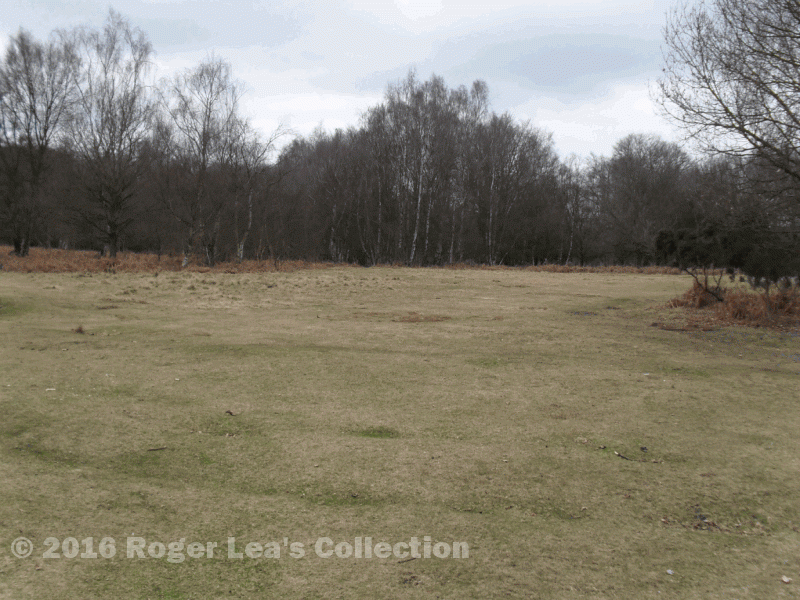Every five years, from the seventeenth century onwards, the Warden and Society of Sutton Coldfield set out the lot acres and restated the conditions which applied to them. Every householder in Sutton was entitled to an acre of common land, to cultivate for five years. At the end of five years the lot acre reverted to common, and then you could have a different acre for another five years. There were five administrative divisions of Sutton, known as Quarters, and the lot acres for each quarter were set out on part of the common near to that quarter, and then, so that everyone would have an equal chance of receiving a fertile piece of ground, you drew lots to find out which of the acres was going to be yours.
There were about four thousand acres of common in 1700, and about 300 people entitled, so only a small proportion of the commons would be affected at any one time. However, in 1729 the Warden and Society decided to regard Sutton Park as part of the commons. Lot acres for Great Sutton Quarter were laid out on “Waste land in the Park from Wyndley Pool to Mr. Addyes’ blade mill (now Park House) and from the blade mill to the road leading into the park from Lea Gate (now Hartopp Gate)”. At that time Meadow Platt and the area near Town Gate were not part of the park, so if you drew an acre on the south side of the Park House grounds access was via Wyndley gate, while you would go through Lea Gate to get to an acre in the northern part.
Seventeen twenty-nine is the only time that the park was used for lot acres, other parts of the commons being used for the rest of the century, but the park was still thought of as just another part of the commons. A scheme for enclosing the commons was put forward in 1778 under which the Park was to be divided up into privately owned fields along with the rest of the commons. Opponents of this scheme claimed that Sutton Park was special and must be preserved - it has never been seriously threatened since.
